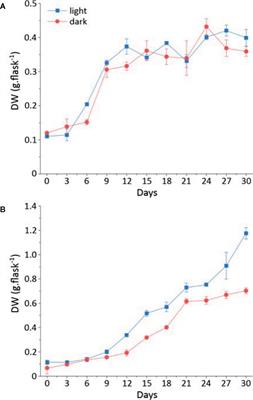EDITORIAL
Published on 12 Jan 2021
Editorial: Lignans: Insights Into Their Biosynthesis, Metabolic Engineering, Analytical Methods and Health Benefits
doi 10.3389/fpls.2020.630327
- 3,194 views
- 24 citations
8,632
Total downloads
44k
Total views and downloads
EDITORIAL
Published on 12 Jan 2021
ORIGINAL RESEARCH
Published on 23 Sep 2020

REVIEW
Published on 28 Feb 2020

ORIGINAL RESEARCH
Published on 07 Feb 2020

ORIGINAL RESEARCH
Published on 28 Jun 2019
